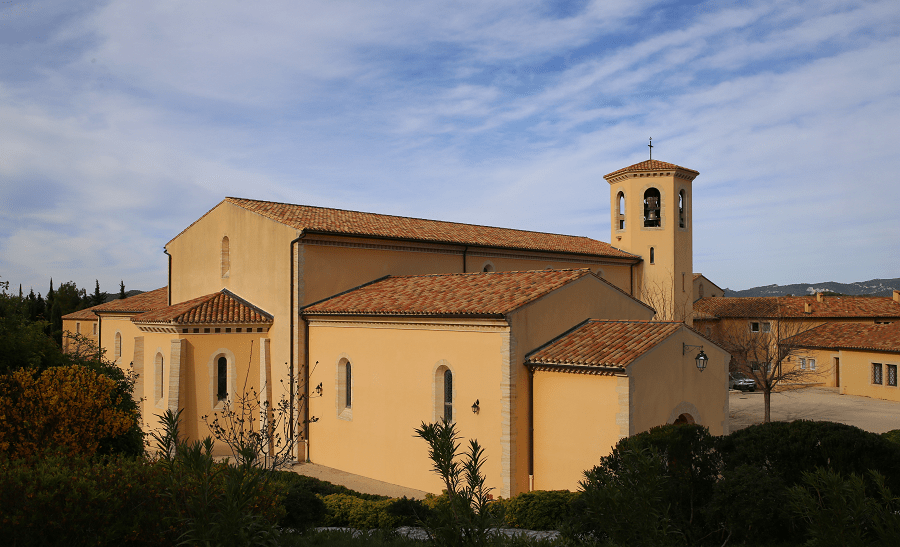The Palau Güell is a building located on Carrer Nou de la Rambla, 3-5 del Raval de Barcelona (Spain, Catalonia), declared a Historical and Artistic Monument in 1969 by the Spanish State and, in 1984, a World Heritage Site by UNESCO, for its contribution and influences on techniques and forms in modern construction of the 20th century.
It was commissioned as a family residence from the architect Antoni Gaudí by the Barcelona businessman and patron Eusebi Güell, between 1886 and 1890, and belongs to the architect’s Orientalist phase (1883-1888), inspired by the art of the Near and the Far East (India, Persia, Japan) and Hispanic Islamic art, mainly Mudéjar and Nazarite art.
The Palau Güell stands on an almost rectangular lot, 18 x 22 meters, with an annexed building on the south-west side, 6 x 20 m. The structure is based on the walls of the facades, made of natural stone, as well as the middle walls, made of brick, in addition to brick pillars in the basement and stone on the other floors. The partition on the east side was initially a visible facade until it was plastered and painted by Aleix Clapés, with a fresco that represented Hercules searching for the Hesperides, inspired by the poem “L’Atlantida” by Jacint Verdaguer, now missing.
The palace is made up of a total of seven floors, including a basement for stables, a ground floor with a hall, gatehouse, garage and various service areas, a mezzanine for the administrative area, a noble floor for the social area, a second floor private area (bedrooms, bathrooms), a third floor service area (kitchen and laundry) and the roof. The palace’s basic characteristic is the wealth of spaces, with fluid routes and an independence in the distribution of each plant that produce the appearance of a rather large built volume for the limited surface of the lot.
The general design follows the lines of his creations of that time, marked by the Oriental style applied to the design of his works. In this palace culminates a period of predominance of forms, inspired by Arab, Byzantine or Mudejar, with achievements, such as Casa Vicens, the Pavilions Güell and El Capricho de Comillas (Cantabria). Gaudí applies a transitional style with compositional elements of Gothic language and solutions reminiscent of certain Venetian palaces.
Address: C/ Nou de la Rambla, 3-5, Ciutat Vella, 08001 Barcelona, Spain
Architect: Antoni Gaudí
Architectural style: Art Nouveau Architecture
Opened: 1888
Function: Palace
Hours:
Monday Closed
Tuesday 10 AM–5:30 PM
Wednesday 10 AM–5:30 PM
Thursday 10 AM–5:30 PM
Friday 10 AM–5:30 PM
Saturday 10 AM–5:30 PM
Sunday 10 AM–5:30 PM
Phone: +34 934 72 57 75
Barcelona full guide
Barcelona theaters and entertainment
Barcelona FC and sport infrastructure
Barcelona administrative division
See also Catalan travel guide
See also Pyrenees travel guide
See also France travel guide
See alsoe Spain travel guide















